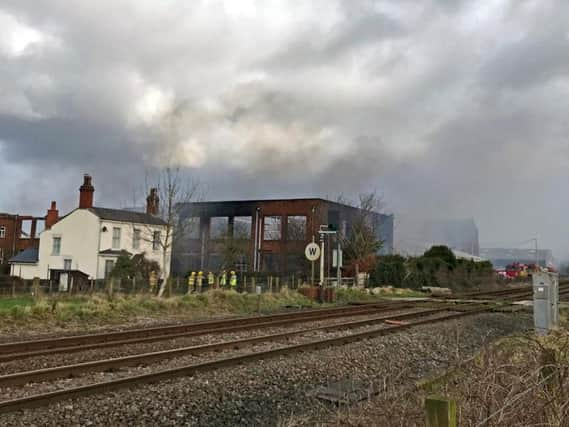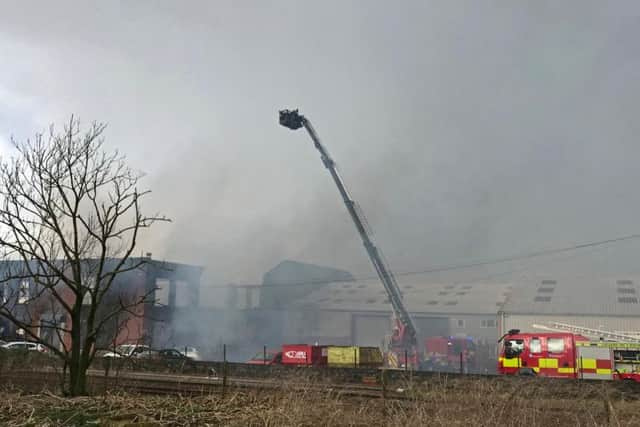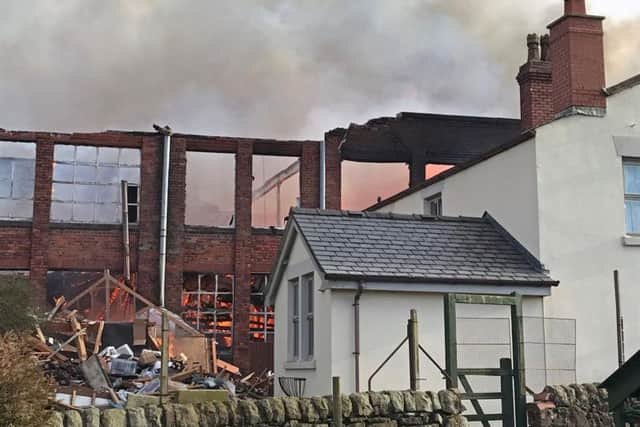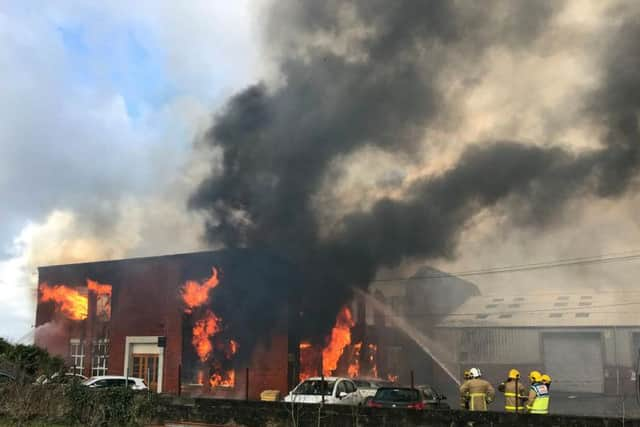Fire investigators await demolition of structurally 'unsafe' Brindle Mill


Fire services say the building on Bourne's Row, is currently awaiting demolition of unsafe areas after it was inspected last week following a major fire.
Crews were called to the scene after a fire ripped through the building, just before 10am on Wednesday, January 31.
Advertisement
Hide AdAdvertisement
Hide AdTen fire engines containing more than 50 firefighters, two aerial ladder platforms and a fire service stinger were all called in to help battle the raging fire.


Crews brought the fire under control by around 8.30pm and began to scale back resources at around 9.30pm.
A spokesman for the fire service said: "We can't send anyone into structurally unsafe areas.
"For us demolishing parts of the building is not simply a question of bulldozing bits down.
Advertisement
Hide AdAdvertisement
Hide Ad"We need to preserve information to form part of the investigation.


"We are also interviewing people who were in the building and looking at how the fire spread and how quickly it took hold of the building to see if we can find a cause.
"At the moment we are keeping an open mind as to what could have caused the fire."
Group Manager for Lancashire Fire and Rescue Tim Murrell said: “Initially we had four pumps in attendance at this incident however we increased that once we could see some of the challenges that faced us when it came to tackling the fire.
Advertisement
Hide AdAdvertisement
Hide Ad"Where the building was located meant that there were only two access points we could really use to try and tackle the fire and one of those was adjacent to a residential property.


"This property along with some neighbouring businesses needed to be evacuated as a precaution, which is standard procedure given their proximity to the incident.
"With limited water supply at the site we needed to set up a water relay to tackle the fire. Given the type of building we were dealing with and knowing there was no risk to life we opted to use ground monitors and hose reel jets to tackle the fire rather than committing firefighters into an unstable building.
"The crews worked well together to bring the fire under control and prevent the fire from spreading to neighbouring buildings."
The mill was built in 1854 and was a cotton mill until the 1960s - part of out was burnt down in a major fire in 1991.
A spokesman for Chorley Council was contacted for comment.